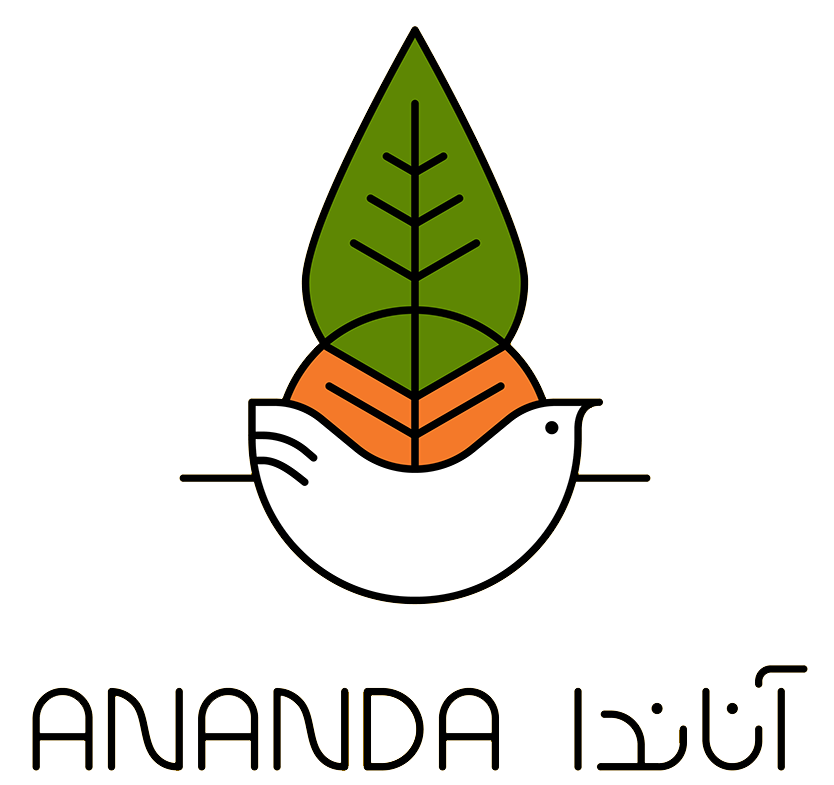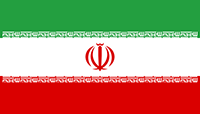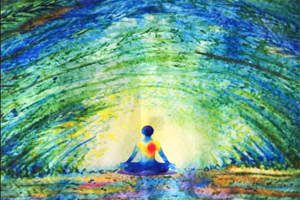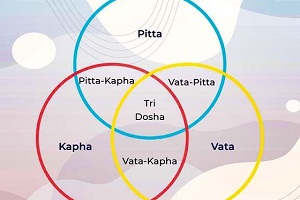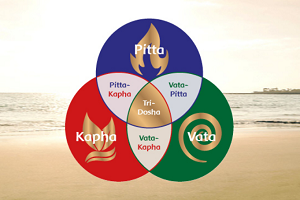By Setareh Kiumarsi
Ayurveda, or traditional Indian medicine, has a history of 5,000 years. The word “Ayurveda” consists of two parts: Ayur, meaning life, and Veda, meaning knowledge. So Ayurveda means the science of life, the art of healthy living, and the art of establishing lasting balance in body and mind.
Everything that exists in nature — humans, animals, plants, foods, objects, etc. — is a unique combination of five fundamental elements: space, air, fire, water, and earth.
The Elements in Ayurveda
The first element is space, called Akash in Sanskrit. It is cold, dry, empty, and light. Like a vast empty ocean that encompasses everything. In nature, think of the space in the air. In your body, think of the emptiness in the digestive tract when you’re hungry, or the space in the mouth, nose, and lungs.
The second element is air, called Vayu in Sanskrit. It is cold, dry, light, mobile, and rough. Its main quality is its ability to move; it not only moves itself, but causes everything around it to move. Think of blowing wind in nature. In your body, think of the gas in your stomach and intestines, and the air flowing in and out of your lungs.
The third element is fire, called Agni in Sanskrit. It is hot, dry, sharp, intense, and penetrating. In nature, think of the sun, sunlight, or a flame. In your body, think of bile, stomach acid, and digestive enzymes.
The fourth element is water, called Apas in Sanskrit. It is cold, moist, oily, slimy, soft, and sticky. In nature, think of rain, springs, and oceans. In your body, think of saliva, mucus in the digestive tract, urine, blood plasma, and all bodily fluids.
The fifth element is earth, called Pruthvi in Sanskrit. It is cold, dry, dense, still, and heavy. It gives everything structure and solidity. In nature, think of sand, gravel, rocks, mountains, and soil. In your body, think of the minerals in bones, dense cartilage tissues, nails, and teeth.
The Doshas in Ayurveda
In Ayurveda, the five basic elements are expressed in the body and mind through a classification system known as doshas: Vata, Pitta, and Kapha.
The first dosha is Vata, dominated by the elements of space and air. It is cold, dry, light, penetrating, rough, and mobile. Its main quality is movement. All vital functions in the body involve directional motion, for example, downward movement during urination, defecation, and menstruation; or circulation of blood, breathing, and joint and muscle motion. Vata, whose Sanskrit root means carrier, transmitter, or medium, acts like a vehicle in the body, governing all movement functions.
The second dosha is Pitta, dominated by the elements of fire and water. It is hot, sharp, penetrating, flowing, and oily. Pitta governs metabolism in the body and plays a key role in digestion and cellular absorption of food.
The third dosha is Kapha, dominated by the elements of water and earth. It is cold, moist, heavy, oily, dense, and sticky. Kapha is responsible for growth and maintenance of bodily moisture. The water in Kapha keeps tissues hydrated and supports intercellular fluid. The earth in Kapha provides structure and stability, forming bones and joints and creating a strong physical framework.
Every Human Is a Unique Combination of Doshas
Imagine each dosha as a container filled with qualities, strengths, weaknesses, and physical and mental potentials. Each person is a unique combination of these three doshas — a specific arrangement of the contents of these three containers shapes one’s individual physical and mental characteristics. In other words, all three doshas exist within each of us, but in one person, more of the “Vata container” may have been used; in another, more of Pitta; in another, more of Kapha; and in others, a balanced mix.
So each human being (or animal, or plant, anything in nature) is born with a unique combination of doshas, which is called their genetic constitution or Prakriti. In Ayurveda, a person learns how to tailor their lifestyle and nutrition based on their Prakriti and thereby create stable balance in their body and mind.
Types of Prakriti (Genetic Constitution) in Ayurveda
In Ayurveda, seven main types of Prakriti are typically considered:
Ayurveda and Balance
*** Vata-dominant: Vata is significantly stronger than Pitta and Kapha.
*** Pitta-dominant: Pitta is significantly stronger than Vata and Kapha.
*** Kapha-dominant: Kapha is significantly stronger than Vata and Pitta.
*** Vata–Pitta (or Pitta–Vata): High levels of both Vata and Pitta; low Kapha.
*** Pitta–Kapha (or Kapha–Pitta): High levels of both Pitta and Kapha; low Vata.
*** Vata–Kapha (or Kapha–Vata): High levels of both Vata and Kapha; low Pitta.
*** Vata–Pitta–Kapha (Tri-doshic): All three doshas are nearly equal in strength.
Each constitution can give rise to specific physical and mental traits depending on the dominance of the doshas. You can become more familiar with your Prakriti or genetic constitution by taking the Ananda Dosha Quiz.
Many internal and external factors influence the increase or decrease of doshas in our body and mind: diet, lifestyle, sleep and wake cycles, seasons, location, thoughts, emotions, age, etc. In other words, these factors can either keep the doshas in balance or throw them out of balance.
The current combination of doshas in a person at a given time is called the current constitution or Vikriti. By harmonizing Prakriti (genetic constitution) with Vikriti (current constitution), one can experience true health.
You can learn how to balance your dominant doshas and maintain this balance by deepening your knowledge of your own constitution.
Please be sure to credit the author, Setareh Kiumarsi, when sharing or republishing this article, which was written with love and the hope of well-being for all.

